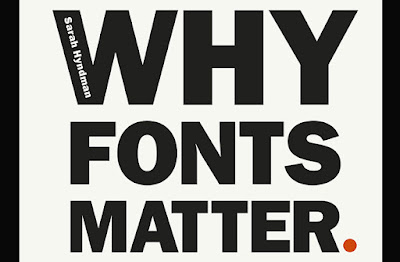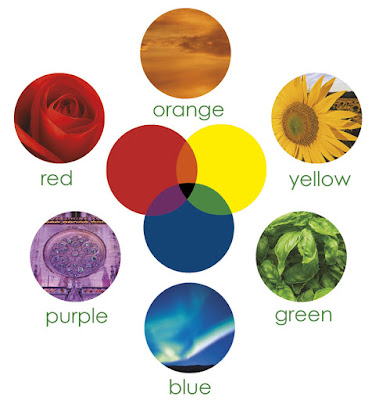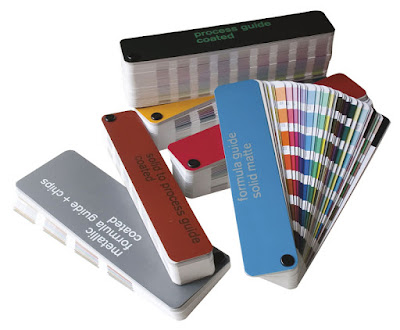Green Sheets

Green Sheets Which has a greater impact on the environment: printed materials or electronic content? Conventional wisdom says that printed materials result in fallen trees and discarded paper clogging up landfills. But studies from Germany found that electronic newspapers can actually have a greater environmental impact than print newspapers. This is thanks to the energy required to make content available 24/7 on electronic devices, as well as the energy consumption of the required devices, not to mention discarded batteries clogging up landfills. Environmental impact is less straightforward than we think, and while electronic media reduce paper consumption and landfill use, they use more energy. So the use of electronic media over paper trades a renewable resource (trees) for a non-renewable one (fossil fuels used in energy production). Print can actually be more environmentally friendly than electronic media, but there are opportunities to make it even







